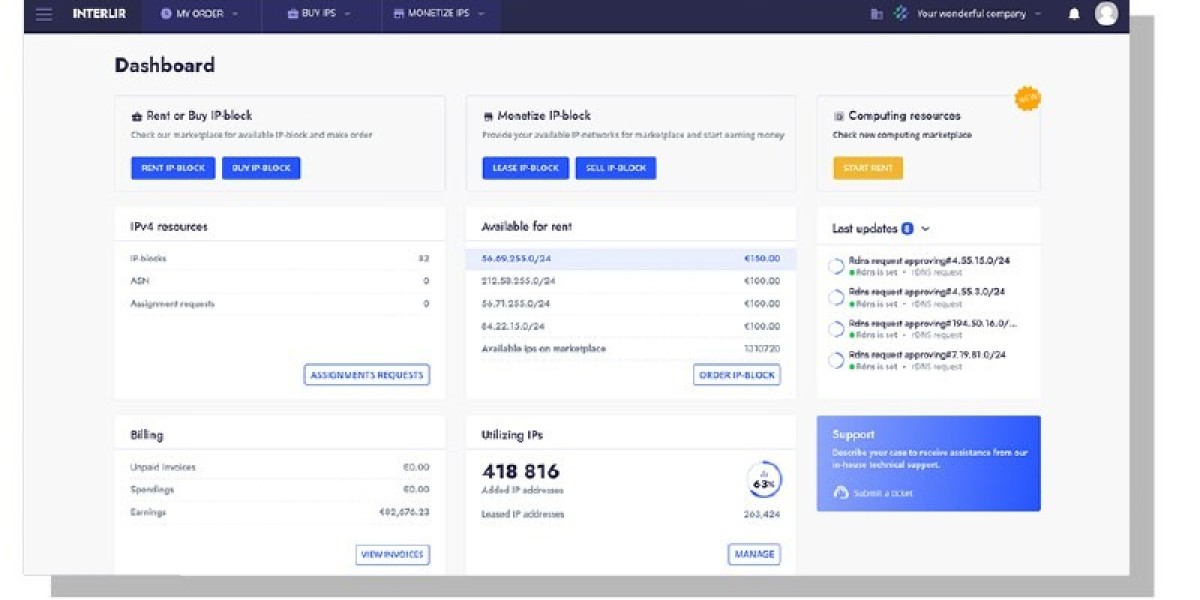Uninterruptible Power Supply Systems – Solutions ensuring continuous power during outages.
Uninterruptible Power Supply Systems are fundamentally categorized by their topology, which dictates the level of power protection offered:
Online/Double Conversion UPS Solutions: These systems are the dominant segment in terms of revenue, primarily due to their superior power conditioning. They continuously convert incoming AC power to DC to charge the battery, and then back to filtered AC power for the connected load. This "double conversion" isolates the critical load entirely from incoming power problems, making them mandatory for data center backup power, medical facilities, and high-end industrial control systems. Recent innovations in this segment focus on increasing energy efficiency, with some high-end monolithic units achieving 97-98.8% efficiency in their dynamic online or eco-mode configurations.
Offline/Standby UPS Solutions: These are the most cost-effective and simplest topology. The load operates directly off the utility power until an outage is detected, at which point the UPS switches to battery power. They are popular in the residential and commercial UPS segment, specifically for personal computers, point-of-sale (POS) systems, and small office electronics where cost and simplicity outweigh the need for continuous power conditioning.
Line-Interactive UPS Solutions: Offering a middle ground, this topology uses a multi-tap variable-voltage autotransformer to regulate voltage fluctuations without immediately switching to battery, providing better protection than offline systems but at a lower cost than online units.
Uninterruptible Power Supply Systems
Q1: What are UPS systems?
A1: Devices that provide backup power instantly when the main supply fails.
Q2: Why are they critical?
A2: They protect against data loss, equipment damage, and operational downtime.
Q3: What types of UPS exist?
A3: Offline/standby, line-interactive, and online UPS.
More Relate Reports:
Amorphous Core Transformer Market








